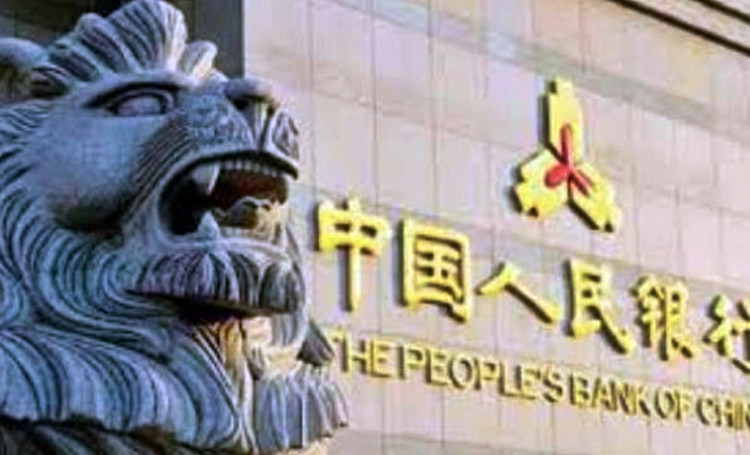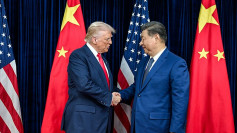The People's Bank of China (PBOC), China's de facto central bank, on Monday, tightened controls to stanch the yuan's continuing loss in value, but this move might eventually lead to massive capital flight.
PBOC ordered currency traders to post a 20 percent deposit starting Aug. 6 for contracts to buy or sell yuan on a future date. This move raises the cost of betting the yuan will continue to lose value and might help discourage speculative trading.
PBOC's move, however, triggered fears of a damaging outflow of capital from China as investors flee to look for higher yields elsewhere. The yuan on Aug. 3 fell to a 13-month low of 6.91 to the dollar before strengthening to 6.83. This unnerving drop, however, brought the yuan closer to the highly symbolic level of seven yuan to the dollar, the point at which PBOC is expected to officially intervene to strengthen the yuan.
On July 20, the yuan skidded to a 12-month low of 6.8 to the dollar, or 7.6 percent lower compared to mid-February. PBOC made no move to stop the steady depreciation of the yuan against the dollar in a calculated move to help Chinese exporters cope with ongoing U.S. tariff hikes, which are expected to rise again in September.
The yuan, which many Western economists consider a "policy currency" and not a true monetary currency, has been allowed to decline by eight percent against the dollar since early February.
This helps Chinese exporters withstand U.S. tariff hikes by lowering their prices in dollar terms. On the other hand, this artificial intervention encourages investors to shift money out of China. As a result, other industries will have to contend with higher financing costs.
Financial experts in both China and the West are concerned about the worsening trade war instigated by Donald Trump will eventually compel China to further weaken the yuan beyond its official trading band to help exporters. China's economy is in for a world of pain when Washington implements its second round of tariff hikes in September.
The United States imposed 25 percent tariffs on $34 billion of Chinese goods on July 6. The second round of tariff hikes set for September will see tariffs rise on an additional $16 billion, with another $200 billion list of goods being hit later on.
China, however, matched Trump's first round of increases and on Aug. 3 threatened to raise tariffs on a further $60 billion of U.S. imports.






